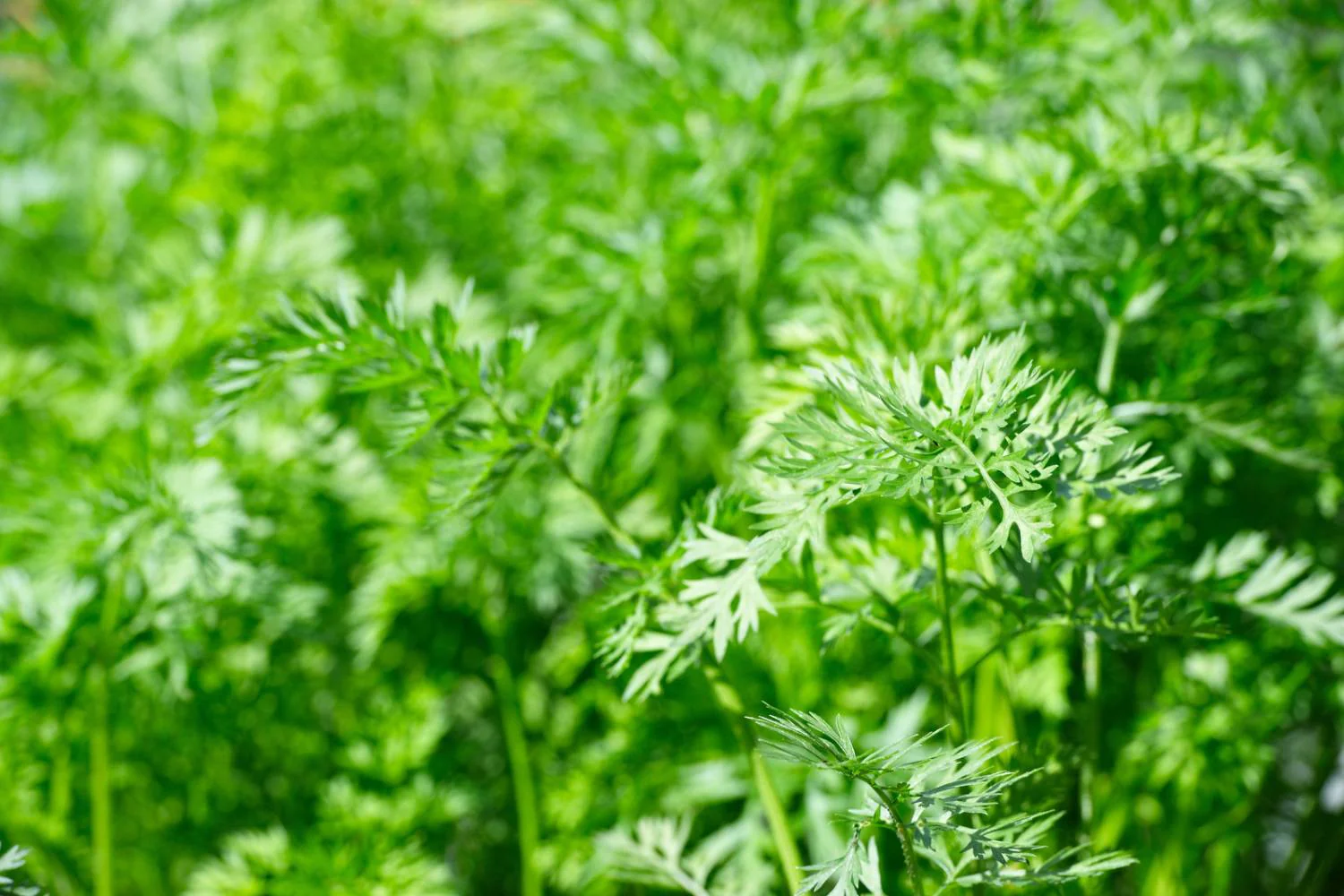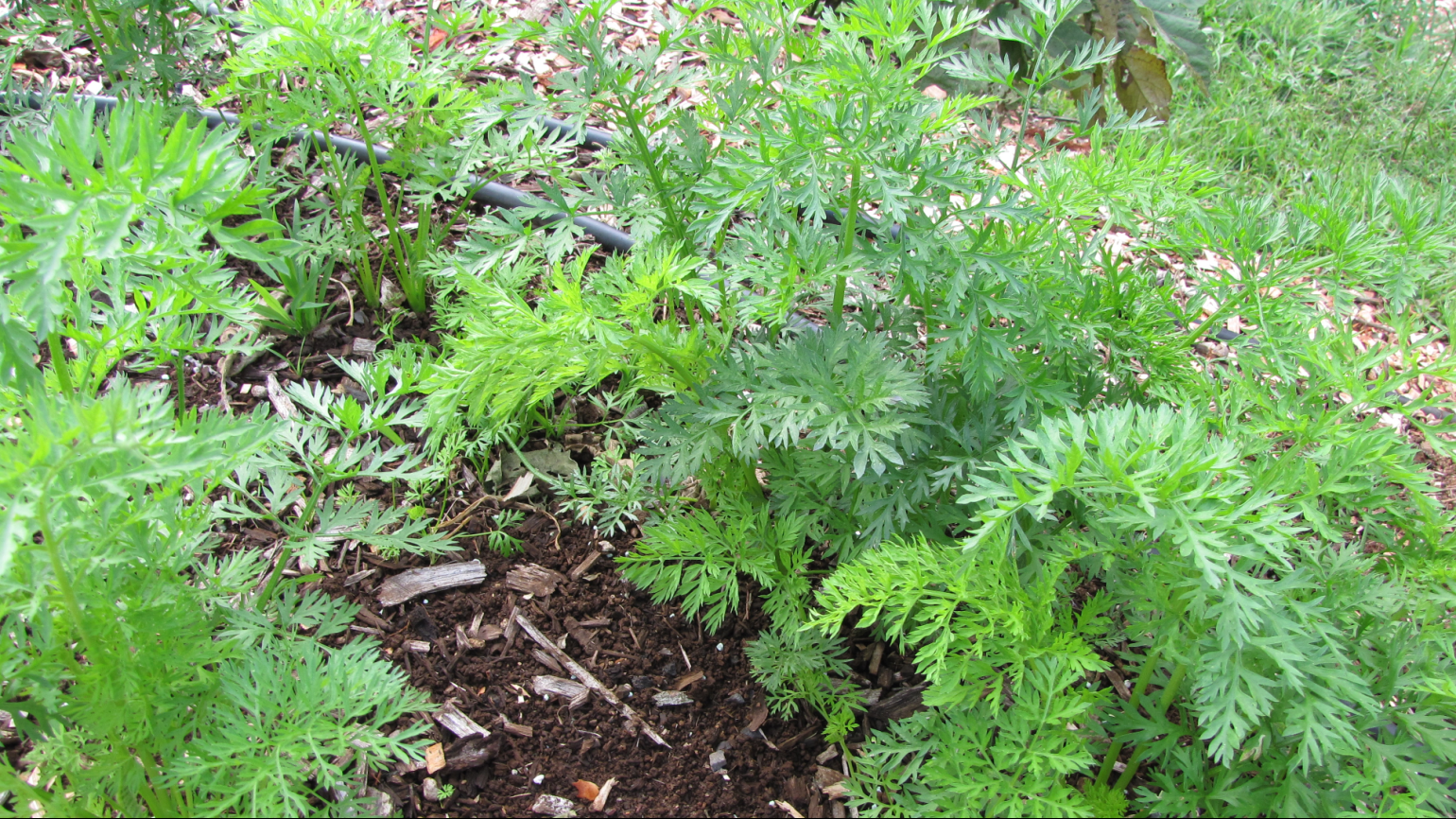Growing carrots hydroponically can be a unique and efficient way to cultivate these root vegetables. Here’s a step-by-step guide on how to grow carrots hydroponically:
- Selecting the Hydroponic System:
- Choose a suitable hydroponic system for growing carrots. Deep water culture (DWC), nutrient film technique (NFT), or a vertical hydroponic system can work well for carrot cultivation.
- Consider the space available, your budget, and the level of control and automation you desire.
- Seed Selection and Germination:
- Choose carrot varieties that are well-suited for hydroponic cultivation. Look for varieties that produce shorter and rounder carrots rather than long and tapered ones, as they tend to grow better in hydroponic systems.
- Pre-germinate the carrot seeds by placing them on a damp paper towel or in a seed tray until they sprout. This helps ensure successful germination.
- Growing Medium:
- Carrots can be grown in various hydroponic growing mediums such as perlite, coco coir, or vermiculite. These mediums provide support for the developing carrot roots.
- Fill net pots or growing containers with the chosen medium, leaving enough space for the carrot roots to grow.
- Nutrient Solution:
- Prepare a hydroponic nutrient solution suitable for root vegetables like carrots. It should contain essential macronutrients (nitrogen, phosphorus, potassium) and micronutrients necessary for healthy growth.
- Monitor and adjust the nutrient solution’s pH and electrical conductivity (EC) to ensure it is within the appropriate range for optimal nutrient uptake.
- Planting and Transplanting:
- Once the carrot seeds have germinated, carefully place them into the pre-filled net pots or growing containers. Ensure that the sprouted seed is placed into the growing medium, with the root pointing down and the shoot above the surface.
- Space the carrot seedlings according to the recommended spacing guidelines for the chosen variety.
- Lighting and Environmental Conditions:
- Provide adequate lighting for the carrot seedlings. LED grow lights with a full spectrum can promote healthy growth.
- Maintain a temperature range of around 60-75°F (15-24°C) for optimal carrot growth. Humidity levels should be moderate, around 50-60%.
- Nutrient and Water Management:
- Monitor the nutrient solution levels in the hydroponic system and ensure it remains at the appropriate depth for the carrot roots to access it.
- Maintain the nutrient solution’s pH and EC levels within the recommended range, making adjustments as needed.
- Carrots require consistent moisture, but overwatering should be avoided to prevent root rot. Implement a timed irrigation system to provide regular water supply to the plants.
- Pollination:
- Carrots are primarily wind-pollinated, and under controlled hydroponic conditions, pollination may need assistance.
- Gently shake or vibrate the carrot plants when they begin to flower to mimic the action of wind and aid in pollination.
- Harvesting:
- Carrots are typically ready for harvest around 70-90 days after planting, depending on the variety and desired size.
- Check the carrot tops for signs of maturity and gently pull the carrots out of the growing medium. Harvest when the carrots have reached the desired size and color.
Growing carrots hydroponically allows for precise control over nutrient delivery and optimal growing conditions. By following these steps and adapting them to your chosen hydroponic system, you can successfully cultivate carrots in a soil-less environment.



